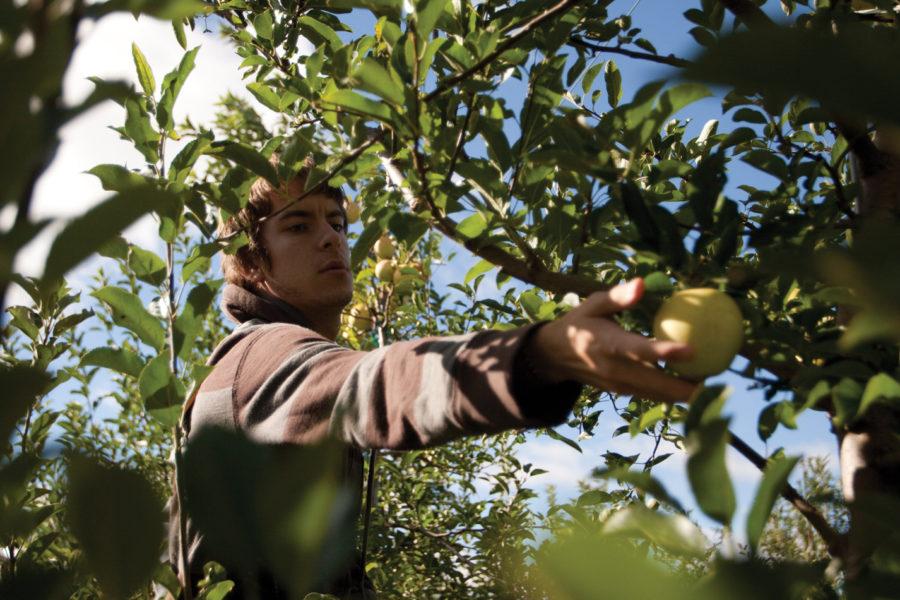Horticulture Research Station provides place to conduct research, learn
September 25, 2010
From ornamental roses and apples to turtles and bluegill, the Horticulture Research Station is a place to conduct research and learn.
Located east of Gilbert, the 230-acre research station is home to more than 80 research projects that are being conducted by ISU faculty and students.
Conducting research
Nick Howell, superintendent of the Horticulture Research Station and graduate student in professional agriculture, said 15 faculty members and more than 20 graduate students from Iowa State are conducting research projects at the station.
The projects range from fruit and vegetable production to ornamental trees and flowers to entomology and wildlife.
Place to learn
The Horticulture Research Station usually has five interns during the summer. The interns not only help with the general upkeep of the station, but they also oversee a research project. Howell said they try to cater the projects toward the interests of the interns.
“The idea is so everyone gets something out of the experience,” Howell said.
Joe Jacobs, junior in pre-landscape architecture, and Rachel Kreis, senior in horticulture, spent the past summer interning at the station.
Jacobs worked with Howell on the Earth-Kind project.
The Earth-Kind project involves finding varieties of roses that have very little care and maintenance requirements.
Jacobs enjoyed the internship because he was able to learn new things about horticulture while he was working.
“It’s fun to do different things every day and to be outside,” Jacobs said.
Kreis studied fall strawberry production during her internship.
Since strawberries are normally harvested in early summer, the goal of the project Kreis worked on was to see how far strawberry production could be extended into the fall.
The part of the internship that Kreis enjoyed the most was being able to learn about fruit and vegetable production.
“It was interesting for me to see all aspects of production,” Kreis said.
Working at the research station offers students a chance to learn things they can’t learn while sitting in a classroom.
“It’s an excellent opportunity for students to gain hands-on experience,” Kreis said.
Jacobs continues to work at the station on days when he does not have many afternoon classes.
“It’s fairly laid back, and it’s nice to be outside,” Jacobs said.
From the station to the dinner table
Many of the fruits and vegetables grown as part of the research projects are sold to the community.
“We spend a lot of time trying to find a home for the research,” Howell said.
More than half of the apples grown on the thousands of apples trees at the station are sold to ISU Dining.
Howell said the Horticulture Club will sell more of the apples during its fall festival celebration.
Other produce is sold to restaurants and area growers.
Visitors welcome
The Horticulture Research Station is open year-round and visitors are welcome. Tours are also available but must be scheduled ahead of time.
“There’s always something to do on the farm,” Kreis said.

















